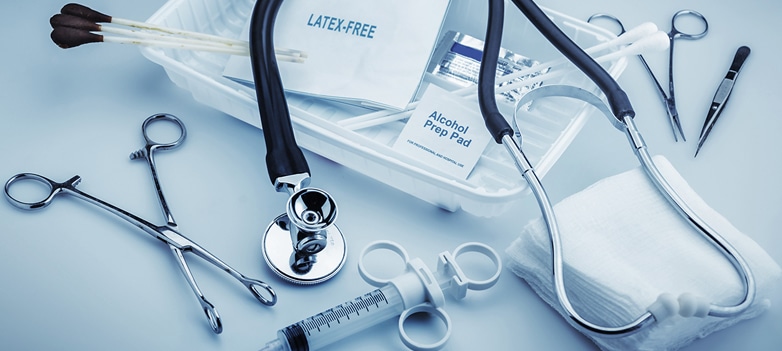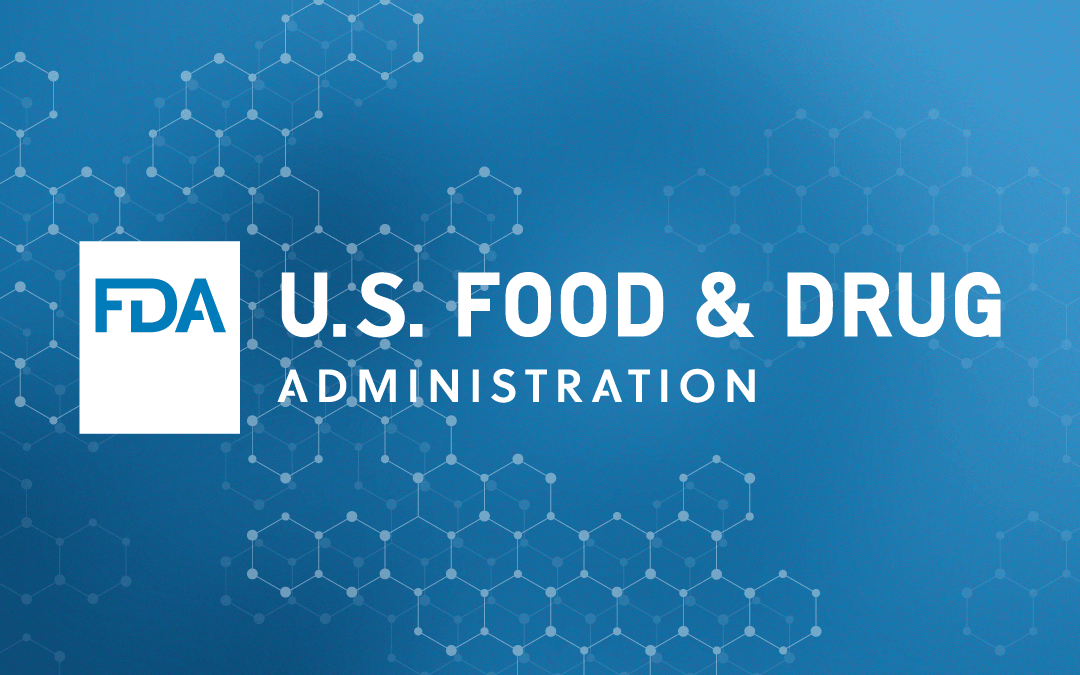The US Food and Drug Administration (FDA), the authority responsible for medical device regulations, issued guidance dedicated to recommendations for Dual 510(k) and CLIA Waivers by application pathway.

CLIA Waiver: Brief Overview
The document describes in detail the way medical device manufacturers use the Dual 510(k) and Clinical Laboratory Improvement Amendments (CLIA) Waiver in order to accelerate the processes related to obtaining a CLIA waiver. According to the general rules, the manufacturer applying for the CLIA waiver must provide the authority with sufficient evidence confirming that the test already approved by the FDA and determined as moderate complexity actually fits the criteria allowing to use the CLIA waiver. Thus, by submitting such an application, the manufacturer seeks for the determination of the test as waived. That is why the CLIA Waiver by Application pathway could only be used if there is an FDA clearance or approval for the particular test already present.
The document also indicates that both 510(k) premarket notification application and CLIA Waiver by Application include certain common elements, such as comparison and reproducibility studies. However, the FDA states that the approach used for these studies should vary depending on the particular type of application, namely:
- Studies conducted in relation to the 510(k) premarket notification application should be performed by qualified specialists having skills and knowledge necessary to participate it moderate complexity testing, while
- Studies conducted in relation to the CLIA Waiver by Application should be performed by people without significant experience in the appropriate field, also referred to as “waived users”.
At the same time, the data obtained through the same comparison and reproducibility studies conducted with operators having no relevant qualification and experience could be used to provide evidence both to confirm substantial equivalence as prescribed by the section 513(i) of the Federal Food, Drug, and Cosmetic Act (FD&C Act) in order to supplement the 510(k) premarketing notification application and also for the purpose of the applying for the CLIA waiver as the confirmation of simplicity and insignificance of risk associated with potentially incorrect results. Since the requirements applicable to the evidence to be submitted are common for both these types of applications, the FDA has implemented the optional Dual 510(k) and CLIA Waiver by Application (Dual Submission) procedure.

FDA Dual Submission Pathway: Key Points
The Dual Submission is a special procedure introduced by the agency providing that both applications for 510 premarket notification and CLIA Waiver by an application could be reviewed simultaneously in order to reduce the time spent on the authorization processes. In particular, this approach is governed by the Medical Device User Fee Amendments of 2012 (MDUFA III). According to this procedure, the medical device manufacturer is allowed to file a single submission for both two types of applications.
The guidance document published by the FDA provides medical device manufacturers with additional information regarding the requirements applicable to the studies performed to provide data to be used as evidence of the Dual Submission.
First of all, the guidance outlines the applicability criteria used to determine whether the Dual Submission framework could be applied. In particular, it could be used if the device subject to review:
- Is quite simple itself,
- Contains certain fail-safe and failure alert mechanisms,
- Provides a series of pre-analytical steps, and
- Is subject to premarket notification requirements.
In particular, the document describes the particular way the comparison and reproducibility studies should be designed and performed in order for their results to be acceptable for both 510(k) premarket notification submission and a CLIA waiver. At the same time, the authority also confirms that the same approach could also be utilized if the CLIA Waiver by Application is used when the appropriate marketing authorization is already present – the data obtained through the studies performed in accordance with the guidance could be also used to supplement the CLIA Waiver by Application.
Dual Submission Pathway: Process and Content
In accordance with the procedure described in the guidance, a Dual Submission should be filed after filing a Pre-Submission, which is a type of Q-Submission. The authority additionally emphasizes that, during a Pre-Submission, an applicant should also notify the authority about its intent to file a Dual Submission. It is also recommended to apply Pre-Submission in order to be able to communicate with the authority regarding the design of the comparison and reproducibility studies developed by the manufacturer in a special manner to fit the requirements applicable to both 510(k) premarket notification and CLIA waiver applications.
Under the general rule, the content of a Dual Submission should include all information required both for the application for 510(k) approval and CLIA Waiver by Application, including not only the common elements but the elements that are different for these types of applications. In particular, the agency recommends to include into a Dual Submission the following elements:
- The description of the devices and its determination as a “simple” one – the confirmation the device is simple in use.
- Risk analysis results, such as the list of identified possible sources of error. It is also important to mention that the general standards related to risk management, such as ISO 14971 “Medical devices – Application of risk management to medical devices” are also applicable.
- Failure-Alert and Fail-Safe Mechanisms. The manufacturer shall evaluate properly the risk associated with the device and provide the description of the measures taken to reduce the possibility of errors and the results of studies performed to confirm the effectiveness of such preventive and control measures.
- The detailed results of the Flex Studies.
- The information about the analytical studies, including the details about their design and results. In particular, at this point the manufacturer shall describe such elements as analytical sensitivity and specificity, measuring interval, precision, and linearity, sample and reagent stability.
- The description comparison studies performed to confirm the insignificance of risk of the possible errors, including the description of the design of such studies and their results.
- The description of the reproducibility studies performed by the operators having no relevant background, also including the description of the design of such studies and their results.
- The description of the clinical performance study in case if it is required due to the type of the device subject to review.
- The details on the labelling of the device and the instructions for use.
The agency also states that to meet the requirements applicable for the type of submissions described in the guidance, the design of the studies should be performed at the representative testing sites with the representative subject population, while such study should be a part of the daily workflow the testing site acting as a basis. Thus, the guidance issued by the FDA covers the most important aspects related to the Dual Submission pathway implemented to provide medical device manufacturers with the possibility to file single submission for both 510(k) premarket notification application and a CLIA waiver.

How Can RegDesk Help?
RegDesk is a next-generation web-based software for medical device and IVD companies. Our cutting-edge platform uses machine learning to provide regulatory intelligence, application preparation, submission and approvals management globally. Our clients also have access to our network of over 4000 compliance experts worldwide to obtain verification on critical questions. Applications that normally take 6 months to prepare can now be prepared within 6 days using RegDesk Dash(TM). Global expansion has never been this simple.
Sources:

